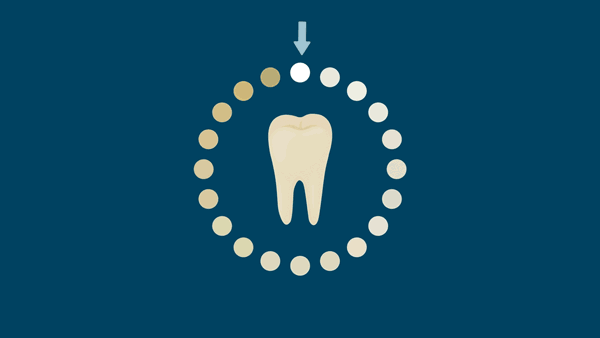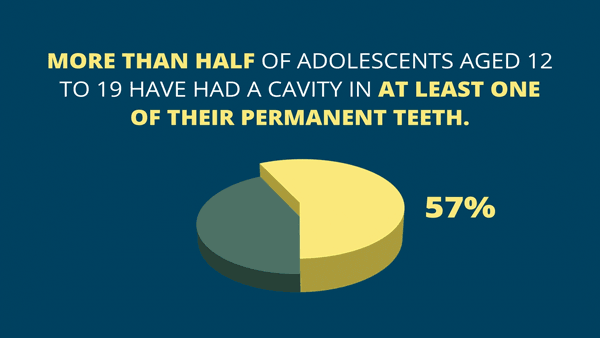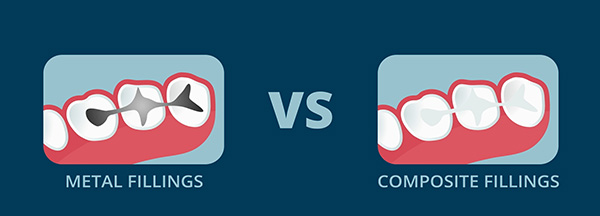
Natural Appearance – Composite resins are available in a wide array of shades so your dentist is able to match your natural tooth.
Conservation of Natural Tooth Structure – Composite bonds to our natural tooth structure, meaning there are no specific requirements for the shape of a preparation or the amount of tooth removed.
Repairability – Your dentist can repair a chipped composite filling without removing the entire restoration.

The most obvious disadvantage of amalgam fillings is their appearance. The shiny silver appearance can be visible during speech and laughter, and most people prefer to have teeth that appear natural, without the visible appearance of fillings.
Another disadvantage of amalgam fillings is their need for a specifically-shaped preparation of the tooth. The amalgam material does not have any type of bond with natural tooth structure, so your dentist must cut away more tooth structure when preparing the tooth for the best chance of retention. If the tooth is prepared incorrectly, the amalgam material will simply fall out. The specific requirements for an amalgam preparation often require a minimal removal of healthy tooth structure, meaning amalgam material is less conservative than other filling material options.
As the patient, you have the option to choose to replace your silver fillings if you do not like their appearance. Your dentist will also recommend replacement if there is a problem with your existing metal fillings. Some of those problems may include:
Composite fillings have been around for decades, and continual research and development has improved both their appearance and functionality. Composite fillings, technically referred to as “composite resin restorations,” carry several advantages over their metal counterparts.

Natural Appearance
The advantage that patients appreciate most about composite fillings is their natural appearance. Composite resins are available in a wide array of shades so your dentist is able to match the surrounding natural tooth structure as closely as possible. Dentists use composite resin to rebuild decayed or broken front teeth because the appearance is so natural.
Conservation of Natural Tooth Structure
Composite resin forms a micromechanical bond with healthy enamel and its underlying dentin. This bond is the same one used to keep orthodontic brackets on the teeth. It is very strong and capable of withstanding normal chewing forces. Because composite bonds to natural tooth structure, there are no specific requirements for the shape of a preparation or the amount of tooth structure removed. This allows your dentist to be conservative and preserve your natural, healthy tooth structure.
Repairability
Composite not only bonds to natural tooth structure; it bonds to itself. This means that your dentist can repair a chipped composite filling without removing the entire restoration. This also helps preserve natural tooth structure by preventing excessive drilling on the tooth.
Absolutely!
Children will most commonly receive a composite filling because there is decay (a cavity) in a tooth. Composite resin can also be used to repair broken front teeth when children suffer injuries that cause chipping of the enamel.

Statistically, it is likely that a child will need a composite filling at some point during childhood. Dental caries is the most common chronic disease for those between the ages of 6 to 19 years old. In fact, more than half of adolescents aged 12 to 19 years old have had a cavity in at least one of their permanent teeth. Due to the prevalence of cavities in childhood, the need for dental treatment is clear. When possible, your dentist will restore your child’s cavities with composite fillings.

After your dentist removes the silver filling material and any underlying decay, the composite filling is placed. First, your dentist must keep the tooth isolated and free from any saliva during placement, and after the placement is complete, he or she will rinse your mouth thoroughly to remove any debris or bad taste that remains.
You may also notice the use of a bright blue light during the procedure. This light stimulates the setting reaction (the hardening) of the composite material after your dentist shapes it to the proper contour. Finally, your dentist will smooth and polish the new restoration so that it feels natural in your mouth. If you feel something unusual after the anesthetic wears off, you can return to your dentist for an adjustment.
Mon – Tue, Thu: 7am – 4pm
Wed: 7am – 3pm
Fri – Sun: CLOSED
Richardson Heights Dental © 2025 | All Rights Reserved